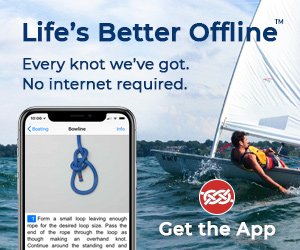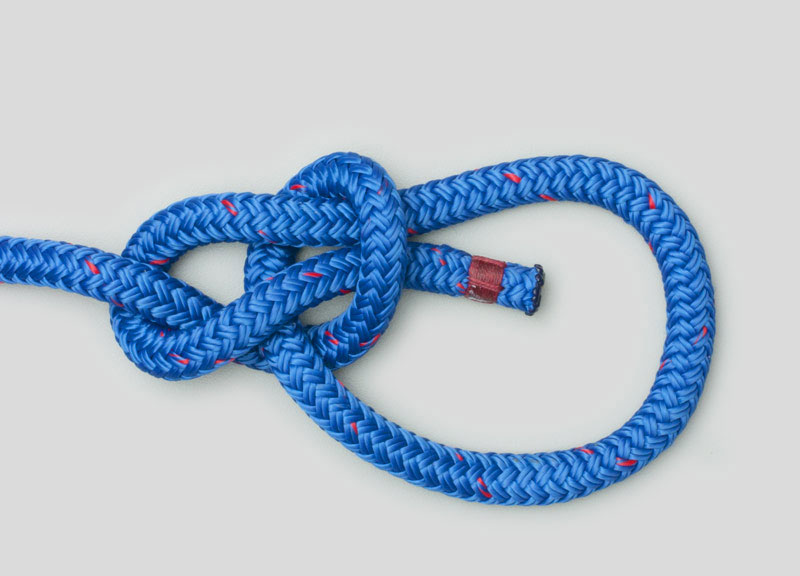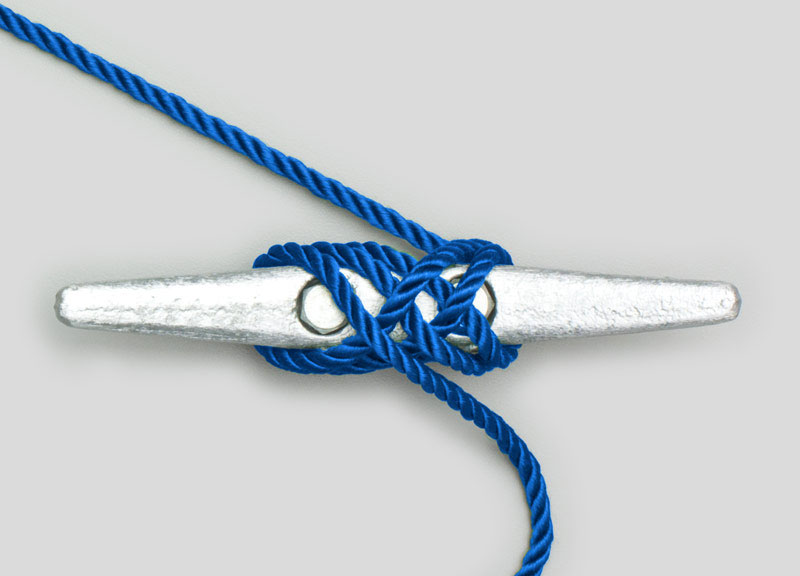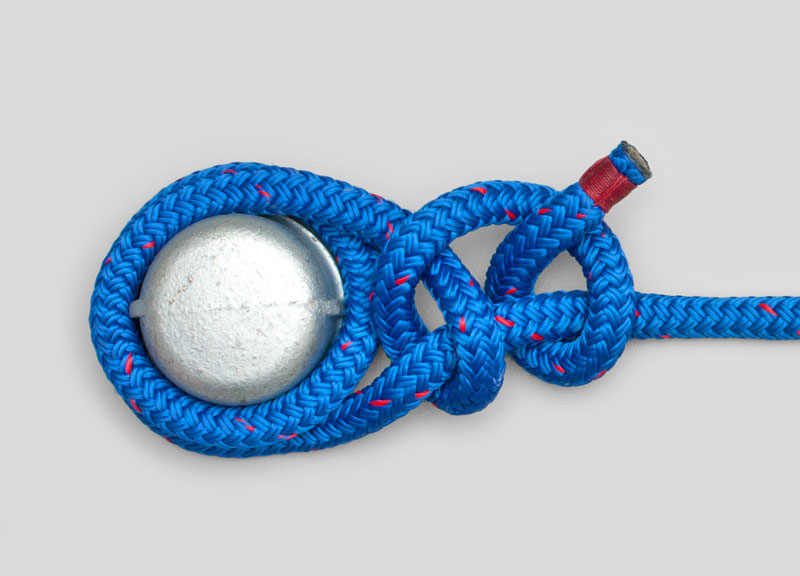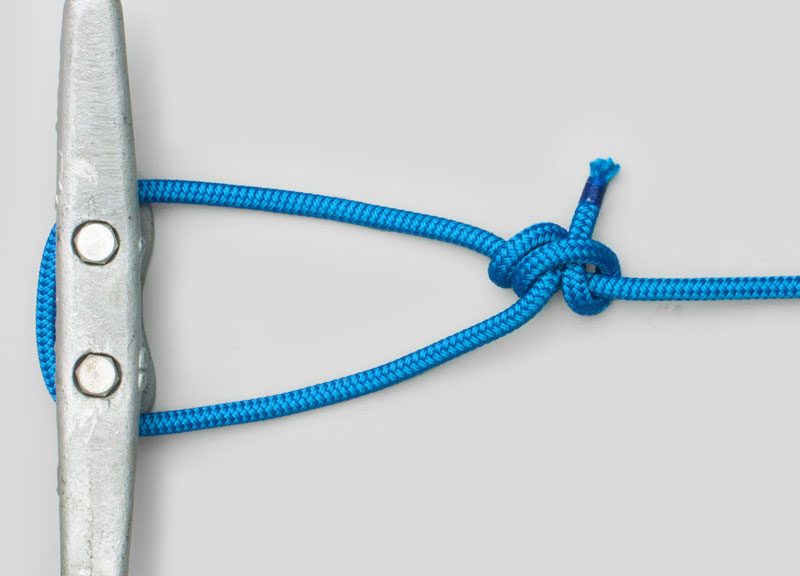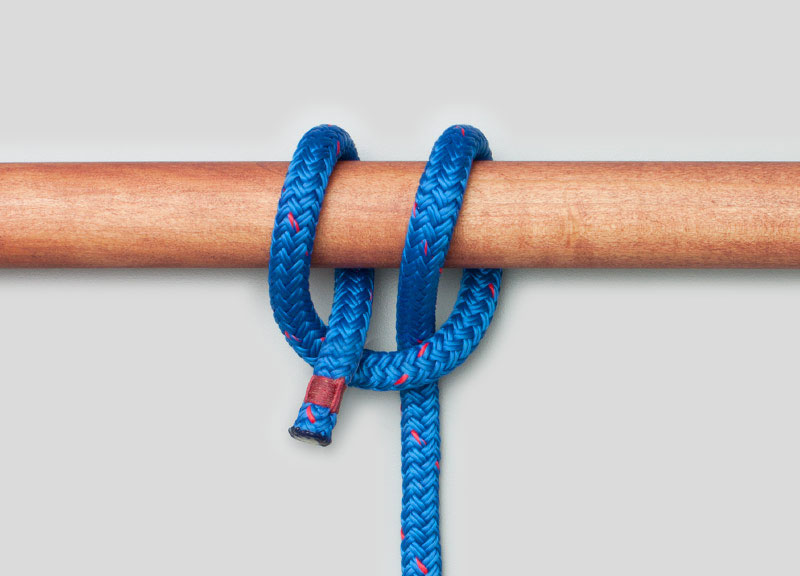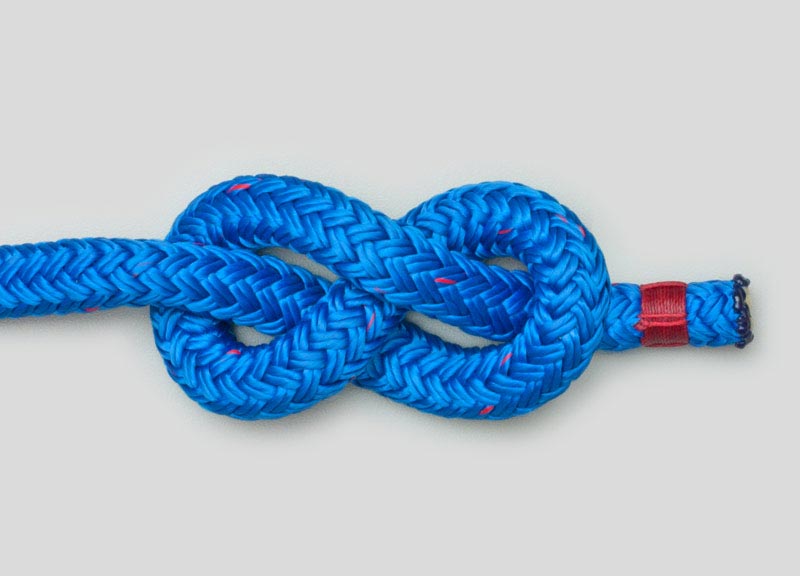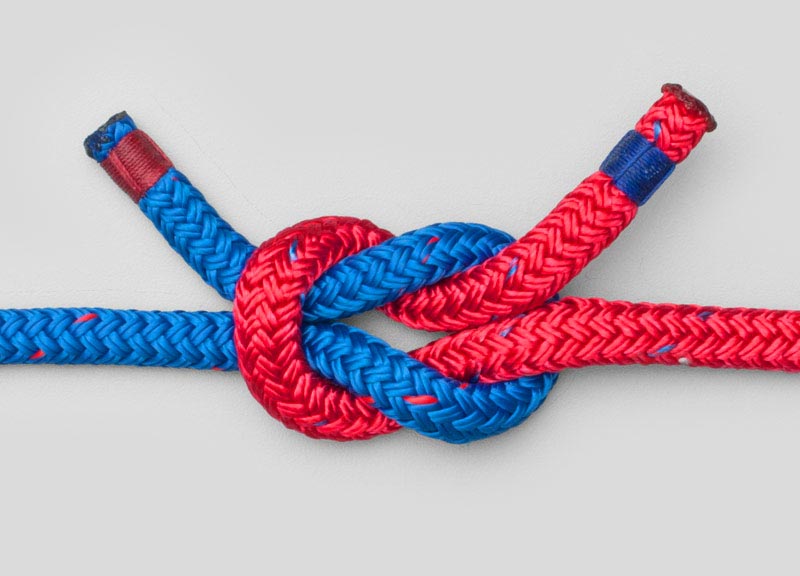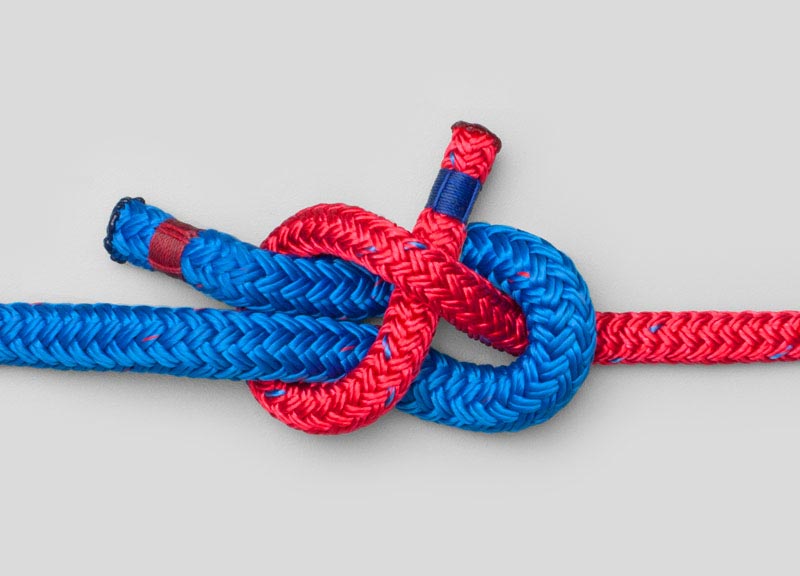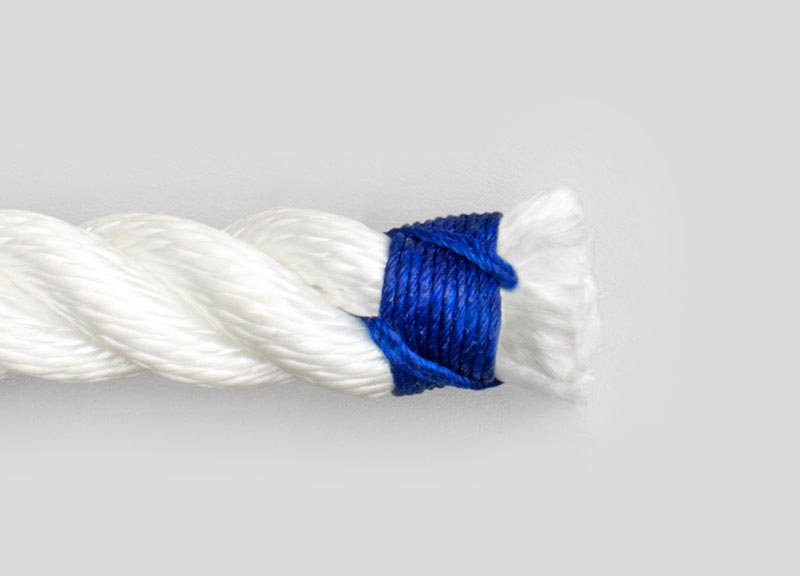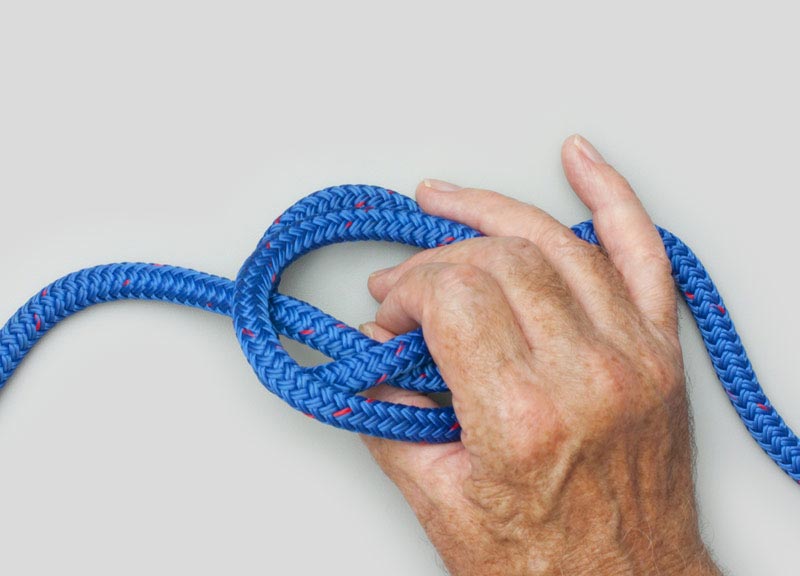Top 5 Boating Knots
Rope used in boating is costly and may be used to handle a heavy load, e.g., when mooring, towing, or on a sailboat to control a large sail. The ability to readily untie a knot without damaging the rope is almost as important as being able to tie it easily and quickly. Knots, therefore, must be safe, reliable, and convenient.
First Some Cautions: until just after World War II tarred hemp was The Yachting Rope and Ashley’s Descriptions could be trusted. When the more slippery Nylon and Dacron (Terylene in the UK) were introduced, boaters became cautious and added more “tucks” to an eye-splice and additional half hitches to other knots. With the even more slippery HMPE ropes e.g., Dyneema and Spectra, knots must be avoided completely: many knots just slide undone and, if a knot does hold it will markedly weaken these very strong ropes. An excellent working rule is to assume that all knots in all ropes reduce the strength to 50% of the rated breaking strain. Then, when a particular knot or splice retains most of the rated strength, it can be remembered as the exception, not the rule.
Apart from HMPE, ropes commonly sold in marine stores for use as halyards and sheets allow knots to be tied which should hold well. Three-strand nylon is used for dock lines and anchor rodes. It is slippery enough to warrant some caution: splice five or more sets of tucks for an eye splice; add extra figure-eight turns on a cleat; and, when tying half hitches, use three rather than two. On yachts, nylon’s elasticity is regarded as an asset both for dock lines and anchor rodes. This same property, however, is regarded as lethal on ships; the snap-back of a large breaking nylon mooring line can be lethal. Polypropylene is used for water ski tow ropes and must be spliced at both ends because knots are extremely unsatisfactory and weaken the rope.
The knots described below are in common use and should be learned well by anyone involved in boating. Even something as simple as securing a rope to a cleat can be done incorrectly. Instruct your crew how to tie these few knots reliably.
These five knots are the ones we think every boater should know, but we’ve included a few extra knots to learn as you become more advanced.
